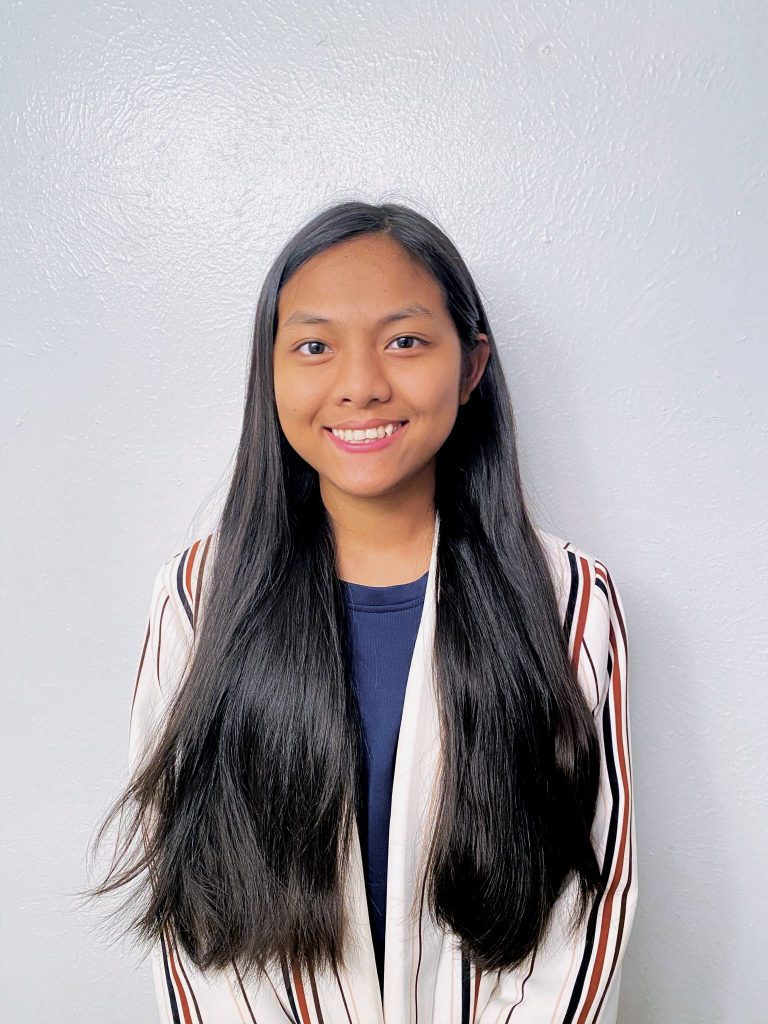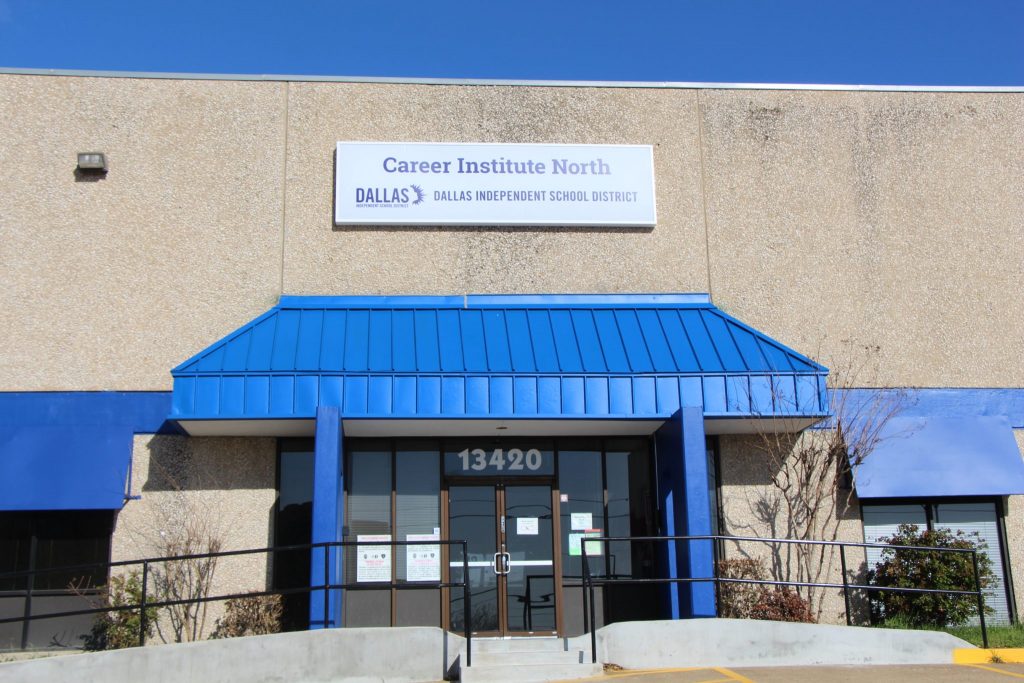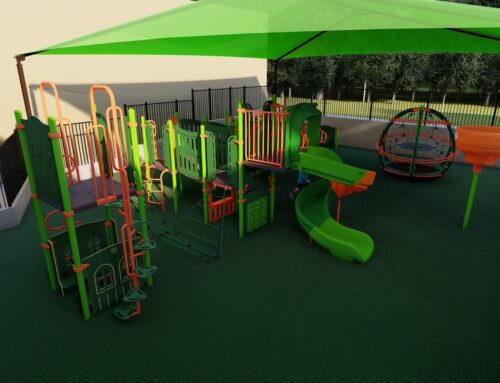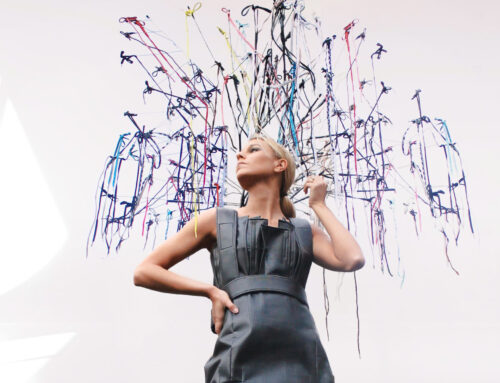
Photography by Renee Umsted.
ELINA WIN HAS BEEN INTERESTED IN ARCHITECTURE since she was young. There isn’t a specific instance that initially drew her to it, but by the time she was 14, she knew she wanted to work toward a career in the industry.
So when she discovered Dallas ISD’s architecture and interior design pathway, she jumped at the opportunity.
“I looked into many occupations, and with my interests, I just decided to pursue this,” Win says.
Win, a junior at Emmett J. Conrad High School, is one of the first students to take the interior design and principles of architecture courses at Career Institute North, located just north of I-635 on Midway Road.
The program started last year with the principles of construction course, which was the prerequisite for the plumbing, HVAC, electrical and interior design pathways. Knowing architecture courses would eventually be added to the curriculum, the district began offering the principles of architecture course as a prerequisite to interior design. Bridget Williams is one of the instructors of these courses. She teaches about 60 students in interior design and 40 in principles of construction.
Though Williams knew while she was in school she eventually wanted to teach interior design, she decided to first work in the industry to gain experience. For six years, she was a commercial interior designer, assisting with medical and corporate office renovations as well as multifamily and senior living residences.
“It just wasn’t fitting well with me, and I knew that it was the teaching thing that I really wanted to get into,” she says.
Some of Williams’ experiences as a high school student reflect her current role as an interior design teacher. At one point, she was taking a drafting class and an elective that allowed her to be a teacher’s aide.
“It’s kind of a full-circle kind of thing, even though it took me 20 years to get here,” she says.
In the course, students learn about topics including furniture styles and principles and elements of design. They also gain practical skills by reading construction documents and assembling material or mood boards.
Photo courtesy of Elina Win.

Photo courtesy of Elina Win.
Because the pandemic has moved most instruction online, Williams has to make sure her students can complete activities at home.
“I like the projects. They’re very fun and very useful,” Win says. “It helps us put into practice what we have learned.”
Win often takes inspiration from her own background.
When she was asked to create a tile design, Win, who is from Myanmar, based her assignment on a Burmese tribal pattern. She included brightly colored shapes layered on a black background to make the design active and dynamic.
And when Williams asked her students to come up with an imaginary company and design a logo for it using Google Slides, Win borrowed from Burmese architecture.
She created a logo for AE Archi, an architecture firm whose name is derived from the first letters of her village and the first part of the word “architecture.” The design, which took Win three days to make and is the project she’s most proud of, uses a simple color scheme. Shaded mostly in black and gold, a color common in Burmese architecture, it includes a detailed sketch of a traditional Burmese roof with a pointed top and curved ends.
Most of the time, Williams has to create tasks students can complete on their computers. But occasionally, she’s able to teach two or three students in person. Once when they were in the classroom, Williams showed the students finish materials. They embraced the activity, wanting to touch, feel and discuss the different objects.
“Just really seeing them engaged and getting into it, and then when those lightbulb moments happen, that’s very, very satisfying,” Williams says.
Next, she will teach students how to use AutoCAD, a software used for design and drafting. But not everything she wants her students to learn can be traced back to a specific lesson.
“A lot of people don’t realize this, but interior design is a lot about problem solving, and if nothing else, I want to teach them to think creatively and to always be looking for solutions,” Williams says.
Win hasn’t yet narrowed down what kind of architecture to pursue in her career, which is why she’s looking forward to the projects and lessons planned for the rest of the year. And Williams is working through the difficulties of a hybrid learning environment to make sure her students get the most out of the curriculum.
“I’m not happy unless I feel like I’m contributing to the greater good, and I feel like I’m doing that here,” Williams says.






